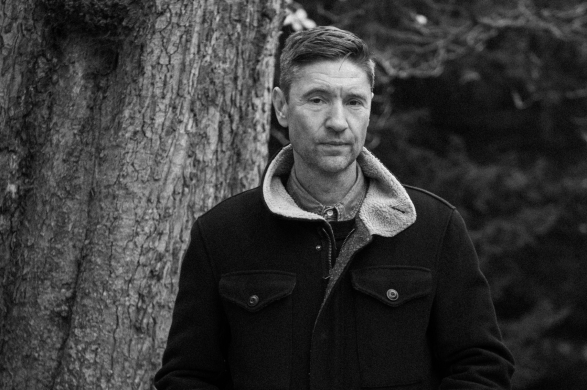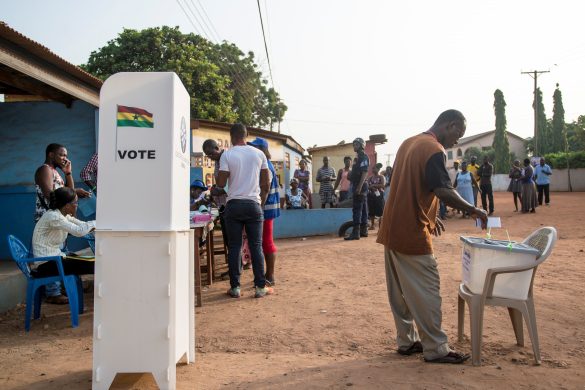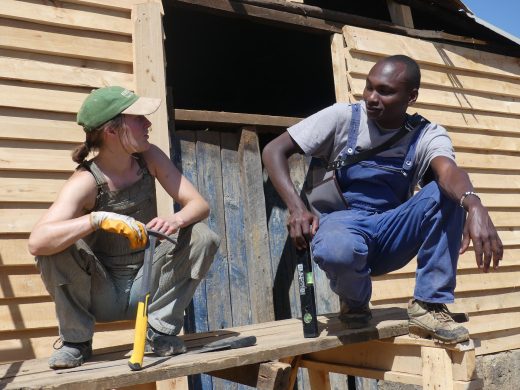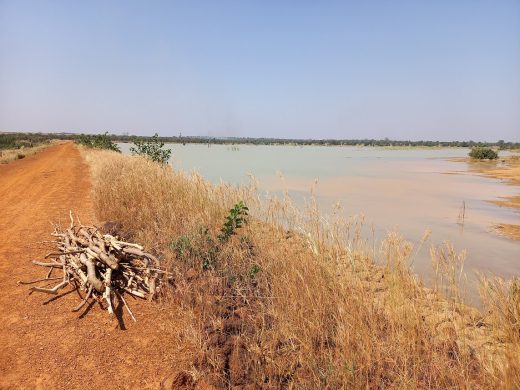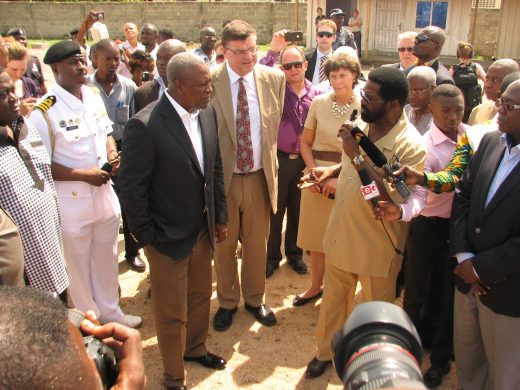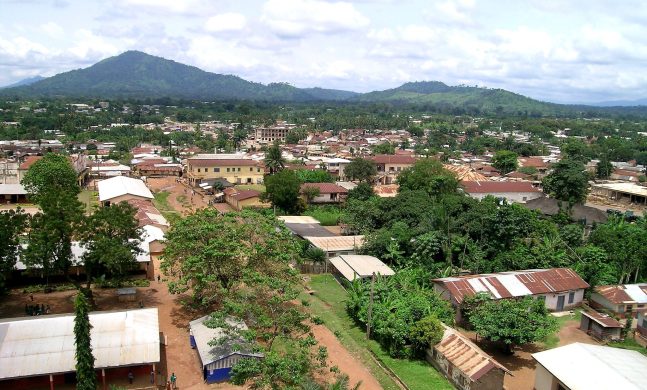ACCRA, 16 November (IRIN): – The third floor of the maternity block (fødeafdelingen) of Korle Bu Hospital is eerily (uhyggelig) quiet except for an occasional drip from a broken pipe (vandrør).
One woman ready to give birth is propped up on a stretcher next to a wet, moldy (skjoldet) wall. Another groans (stønner) while awaiting a caesarian (kejsersnit) as rotten water pools beneath her bed. She looks up as a visitor passes and says, “I cannot stand the stench (stank).”
Welcome to Ghanas leading state-run teaching and referral hospital, built in 1923 and once West Africas most prestigious medical complex. It is built on an area the size of five football fields. There are 16 specialised departments and diagnostic centers, plus various wards (stuer) with a total of 1.600 beds.
Today much of the hospital is falling apart.
– We still have a colonial-style health delivery system which requires resources to meet modern international standards, said Health Ministry spokesman Kofi Amponsah Bediako.
Conditions deteriorate (forringes)
The government has increased funding to try to address the problems at Korle Bu and other hospitals around the country but public policy experts are concerned the money is not enough.
– The enormity of the infrastructure problem is such that it will need consistent and sustained investment, said Sulley Gariba, executive director of the Institute for Policy Alternatives, a Ghanaian public policy think-tank.
For example, at the five-story surgical block opposite the maternity ward, the elevator has not functioned since February. Its standby-generator broke down about the same time and has not been repaired.
One surgeon told IRIN he recently performed emergency surgery on a woman when the lights suddenly went out. – I had to abandon the operation. I used the light from my mobile phone to quickly stitch the patient up (sy sammen), he said.
Conditions in other government-owned health facilities around the country are even worse. In Tamale, the main city in northern Ghana, corpses (lig) were left out on the grounds of the main hospital in October after the cooling system in the morgue (lighuset) broke down.
– We have been unable to repair the refrigerator using our internally generated funds, Daniel Tapang, the chief executive of the hospital, told IRIN.
After local residents complained about foul odors (slemme lugte) coming from the hospital, authorities decided they could no longer accept corpses, Tapang said.
– It was a difficult decision since we are aware of the health challenges for families left to find their own means of preserving the bodies before burial, but under the circumstances there was little we can do, he said.
Patients give up
Health workers said fewer patents are going to government hospitals than before. Well-off Ghanaians go to private hospitals while missionary hospitals provide at least 30 percent of health care services around the country, according to data collected by the Institute for Policy Alternatives.
Yet even more people consult traditional healers. The institute found that only 43,8 percent of Ghanaians who fall ill ever consult a qualified medical practitioner.
Ghanaians complain not only about the poor service at state-owed health facilities but also about the high costs. Surgery ranges from a minimum of 3 million Ghanaian cedis (340 US dollar) to 20 million Ghanaian cedis (2.267 dollar), far beyond what most people can pay.
The government set up an ambitious nation-wide health insurance scheme in 2004 with annual premiums as low as 72.000 cedis (8 dollar – ca. 45 DKR) a year. But two years later at least 17 million Ghanaians have still not bought into the scheme.
For many, not only is the cost of the premium not worth the service, but they find the associated paperwork and other requirements too difficult.
The government acknowledges that the system has flaws (mangler). – We are not in any doubt that we have a serious problem to deal with, said Health Ministry spokesman Bediako. Yet he also said that the government is coming up with solutions.
Some money, some hope
The government recently ramped up funding to rehabilitate hospital infrastructure. This year it budgeted 150 billion Ghanaian cedis (17 million dollar), almost double the amount allocated in 2005 and three times the allocation in 2004.
The money is being funneled through the Ghana Health Service, an autonomous government agency, which “will focus on rehabilitation of existing facilities and only limited new development in the deprived, low access areas,” according to the services five-year plan.
Donors believe the government still needs help. The European Union gave 55 million euros for a national emergency accident centre at Komfo Anokye Teaching Hospital in Ghanas second largest city, Kumasi.
In addition, the government said it plans to construct new paediatric (børnesygdoms) and maternity blocks at the hospital, as well as a new nurses training college. This would make it the largest medical facility in the country, larger even than Korle Bu.
As for the flooding in Korle Bus maternity block, plans have been underway to refurbish the ward for two years but nothing has happened. Now new plans are underway to refurbish the entire building, hospital spokesman Mustapha Salifu said.
Some are concerned that this plan, as well as other urgently need repairs, may not materialise.
– Only if funds are pumped into the health sector consistently for five years will we be able to talk about solving these problems, said Gariba, the head of the Institute for Policy Alternatives, adding: – Civil society groups need to increase pressure on the government to make that commitment.
The matron at Korle Bus maternity block, Naa Adorkor, took an IRIN reporter upstairs to see the source of the water leaks.
She unlocked the door to a gushing sound and the sight of water shooting across the floor from a broken pipe. Putrid (råddent stinkende) water filled the room, slowly seeping into the solid 100-year-old building and dripping down onto the floors below.
– This place is supposed to be a sterile area, a clean area, Adorkor said back in her office as water dripped next to shelves of (hylderne med) drugs and medical equipment.
– How can we allow babies to be born in this environment? she asked.
Kilde: FN-bureauet IRINnews




